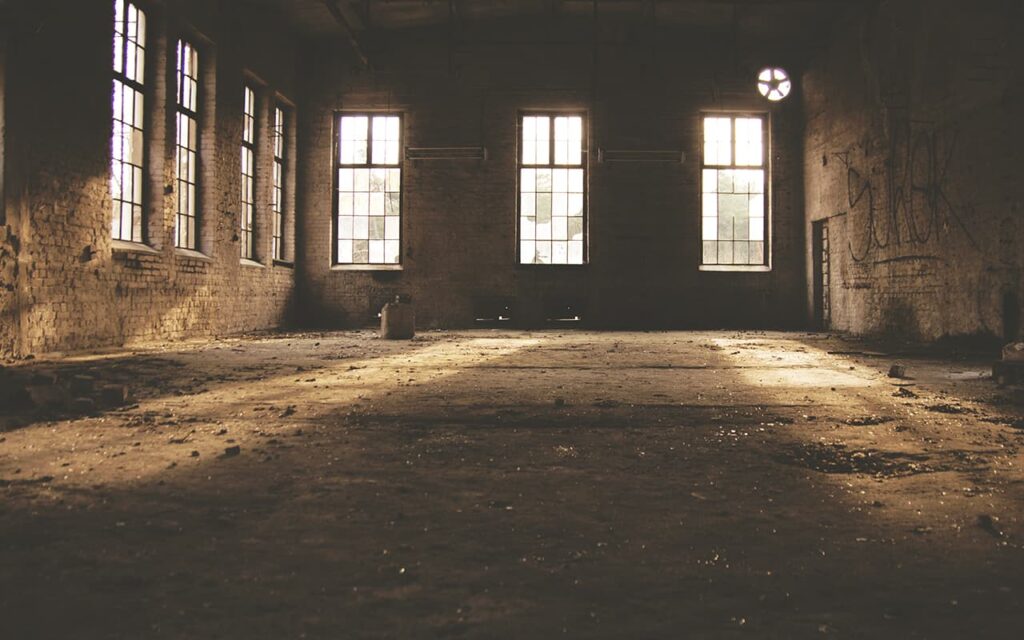Industrial archaeology (IA) is the systematic study of material evidence related to the industrial past. This evidence, collectively referred to as industrial heritage, includes buildings, equipment, artifacts, sites, infrastructure, documents, and other items associated with the production, manufacture, extraction, transportation, or construction of a product or range of products. The field of industrial archaeology incorporates a number of disciplines, including archaeology, architecture, civil engineering, engineering, historic preservation, museology, technology, urban planning, and other specialties to piece together the history of past industrial activity. Scientific interpretation of material evidence is often necessary, as written records of many industrial technologies are often incomplete or missing. Industrial archaeology includes both the study of standing structures and objects to be investigated by excavation.
One of the earliest precursors of the IA movement in the mid-20th century was the Sheffield Technical Society, founded in 1918 at the University of Sheffield to preserve elements of that city’s industrial history. In 1920, the Newcomen Society was founded in the United Kingdom to promote the study of the history of engineering and technology, including many monuments of the Industrial Revolution, such as steam engines, canals, iron bridges, machinery, and other historical artifacts. The Newcomen Society also founded the Journal of Industrial Archaeology in 1964, the first national IA publication in the UK. Another early development was the formation of the Cornish Engine Preservation Committee (CEPC) in 1935 to save the Levant shaft and beam engine in Cornwall.
In the early 20th century, the historic preservation movement in the United States was still in its infancy. Most of the historic sites that attracted attention were related to presidents and political figures or the early colonial period. In 1925, however, one of the first industrial museums in the United States opened at Old Slater Mill in Pawtucket, Rhode Island, the site of the country’s first successful textile mill, built in 1793. The museum was founded by a group of business leaders with ties to the New England textile industry, which was in decline due to Southern competition. The Old Slater Mill Association decided to restore the old mill to its early 19th century appearance and fill it with a representative collection of textile equipment. In 1966, Old Slater Mill was declared a National Historic Landmark. In the early 1970s, Paul E. Rivard, then director of the Old Slater Mill Museum, was one of the key figures in the founding of the Society for Industrial Archaeology.
Another well-known example of early industrial archaeology (predating the widespread IA movement) is the Saugus Iron Works National Historic Site in Saugus, Massachusetts. This is the site of the first integrated steel mill in North America, which was reconstructed in the 1950s following extensive archaeological excavations that began in the late 1940s by Roland W. Robbins.
